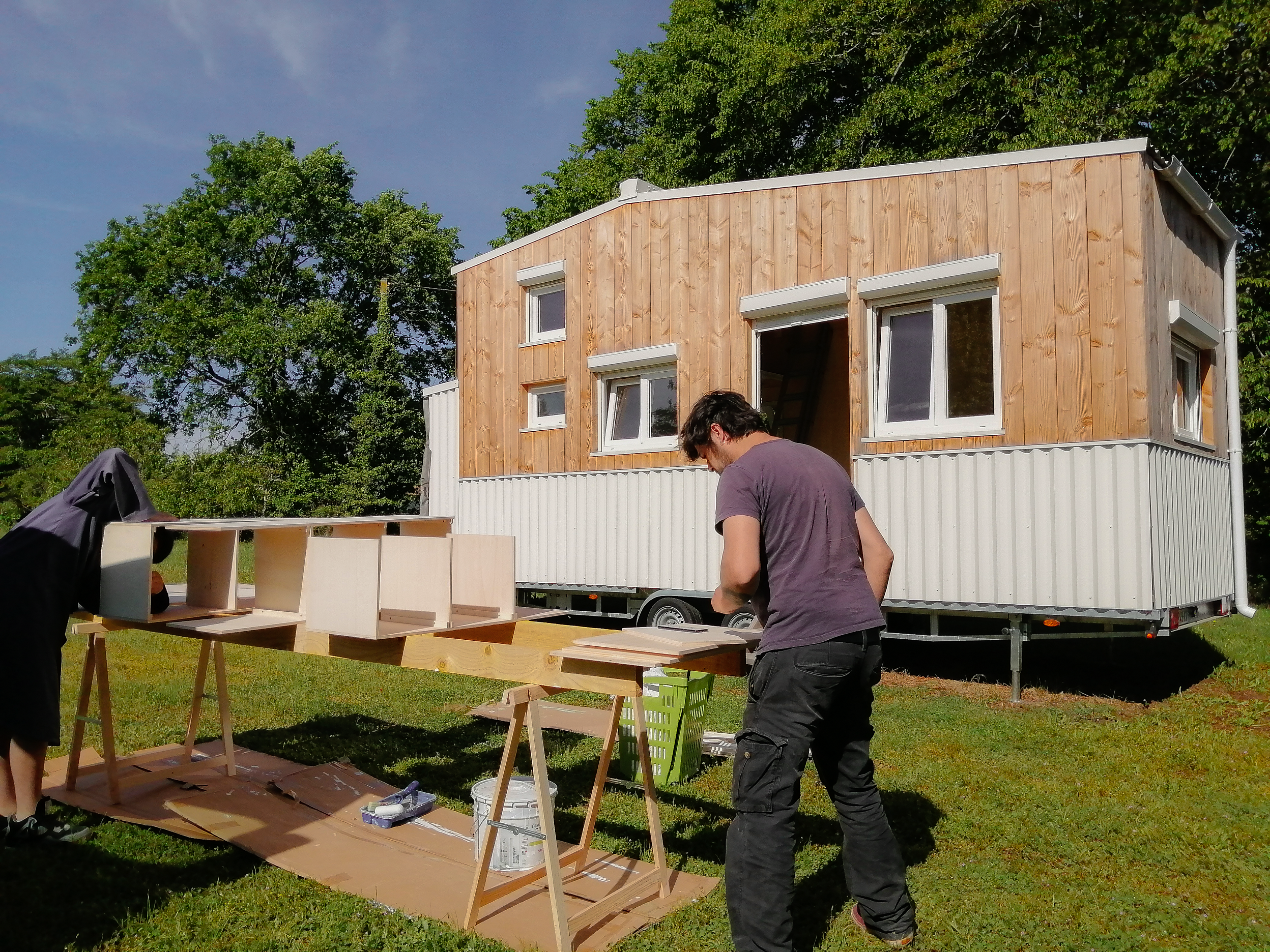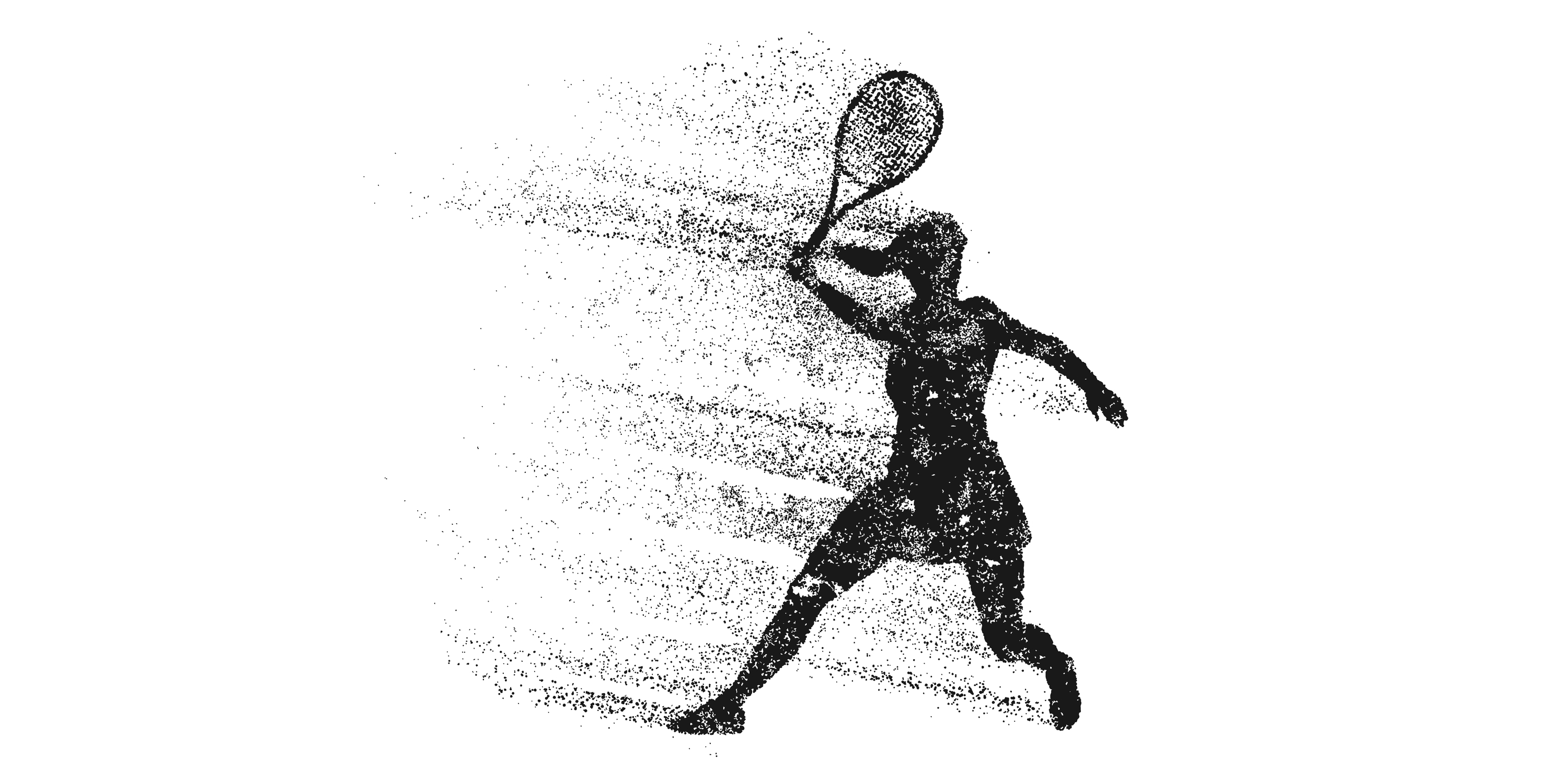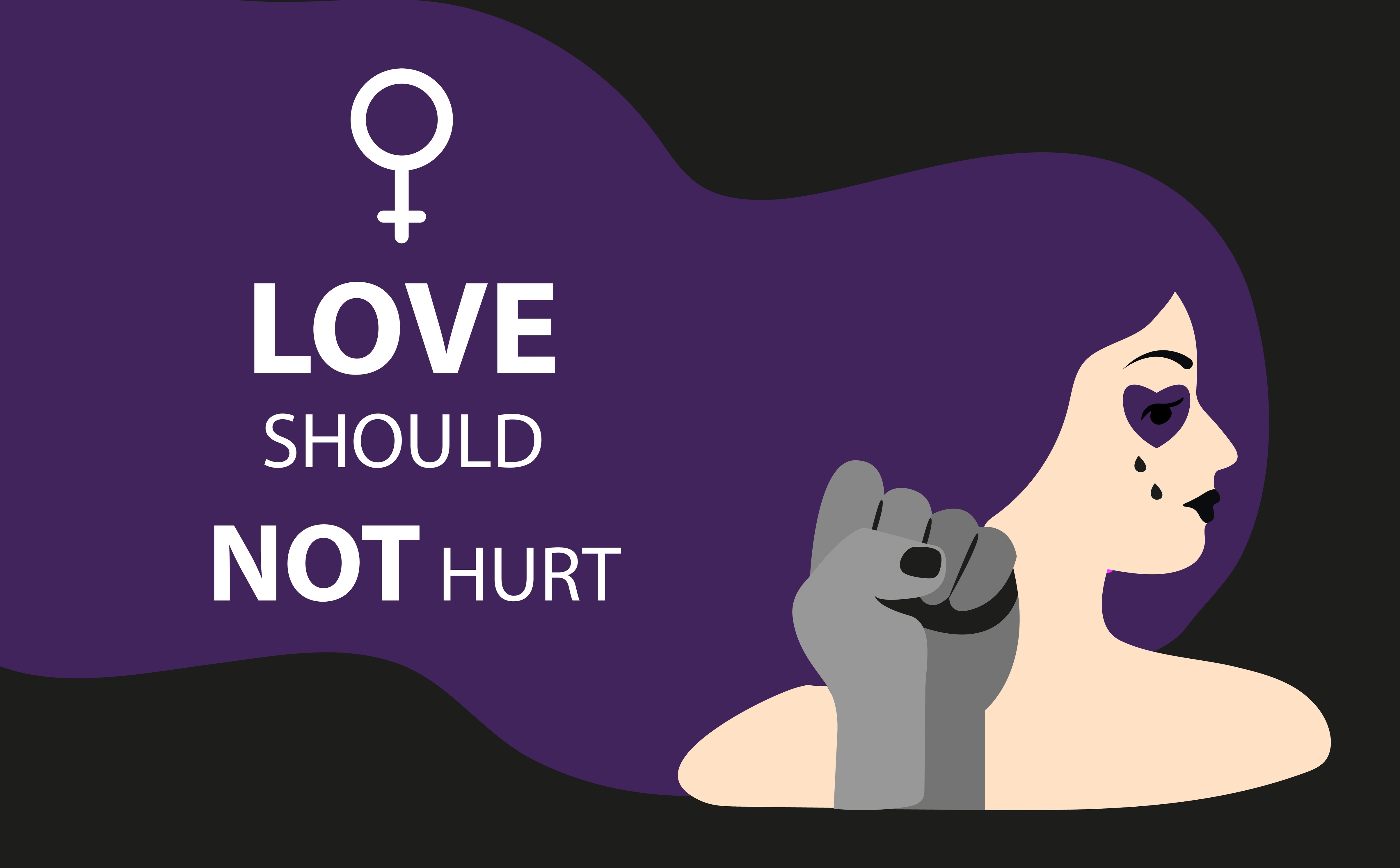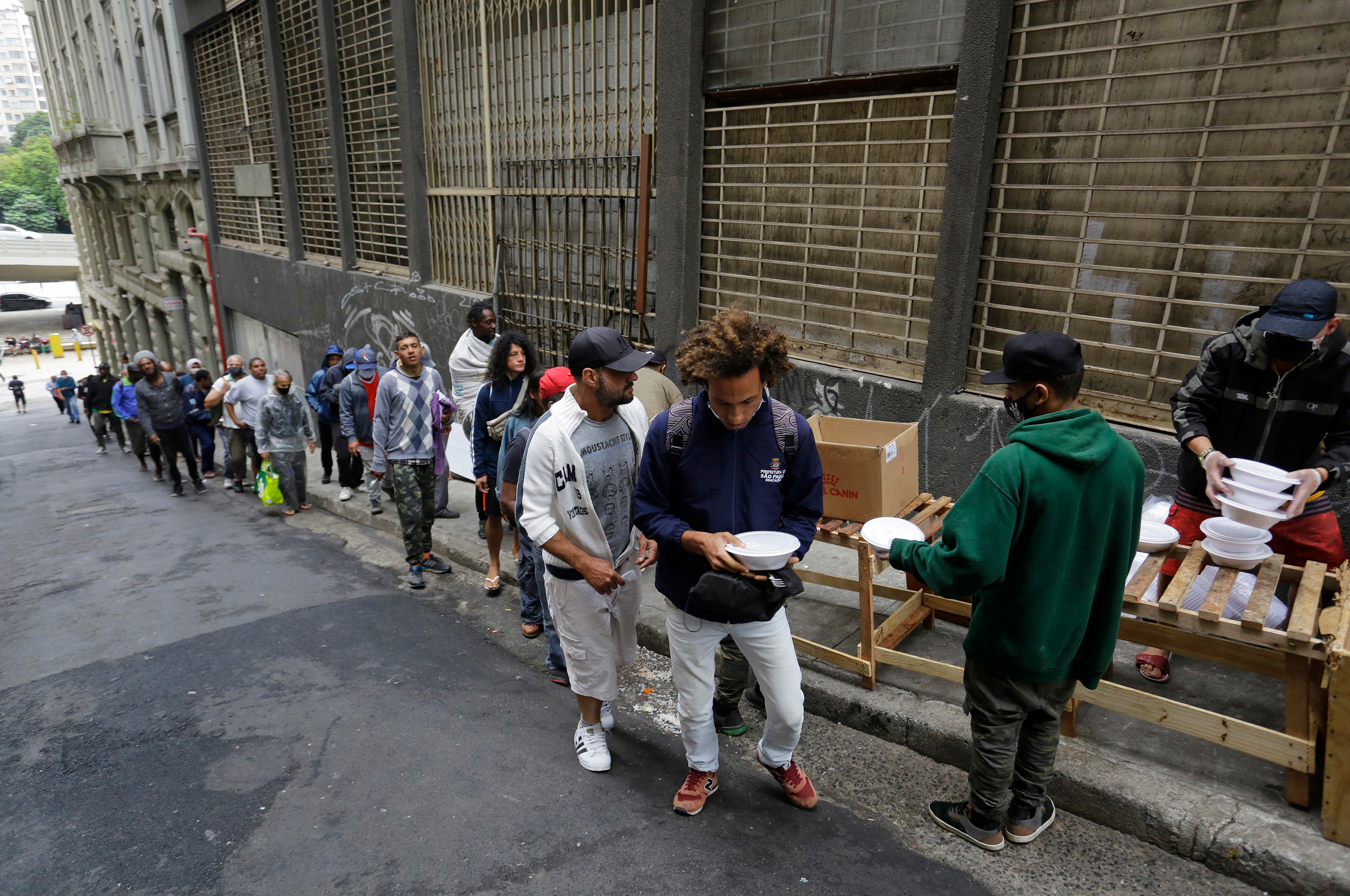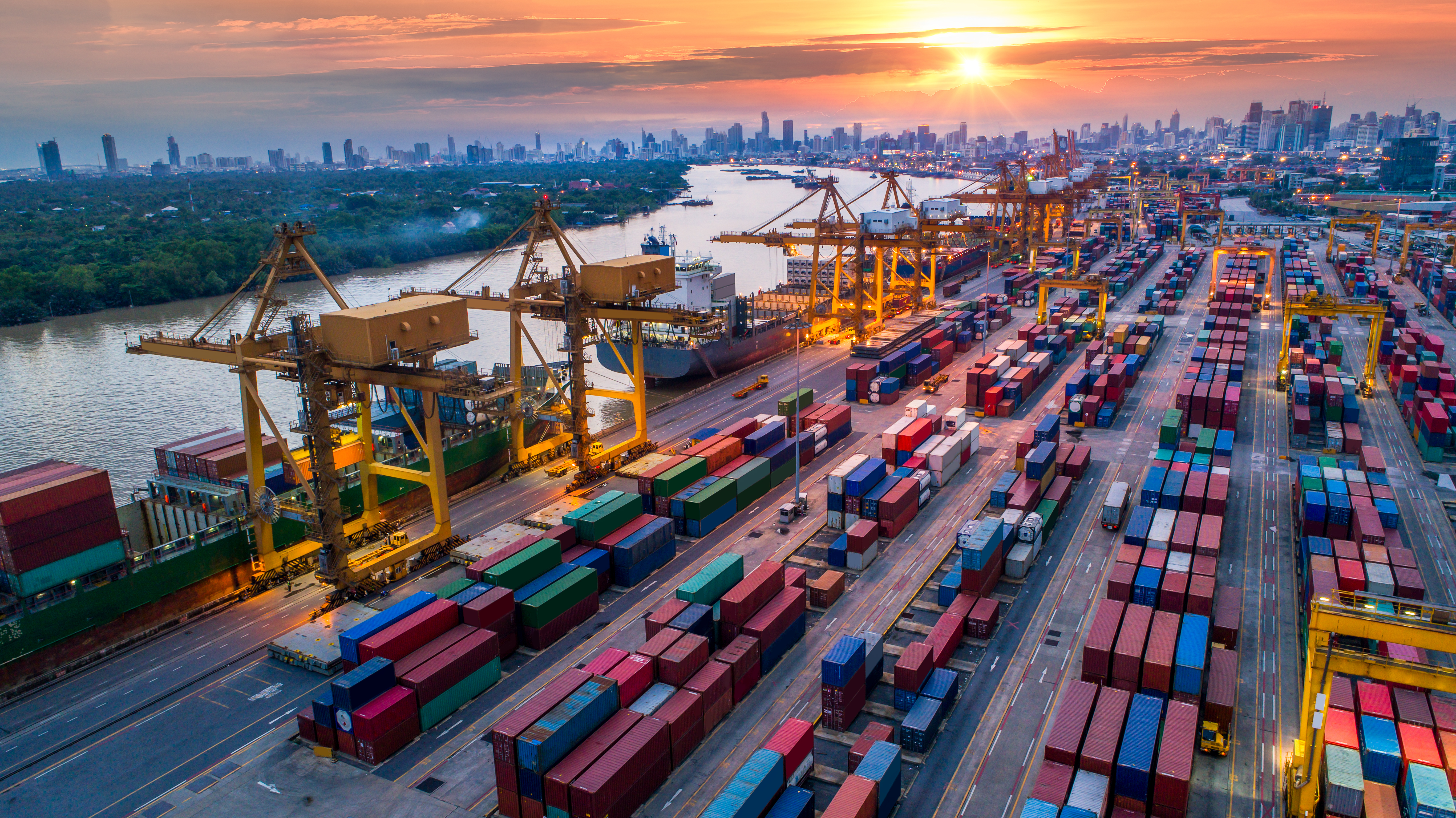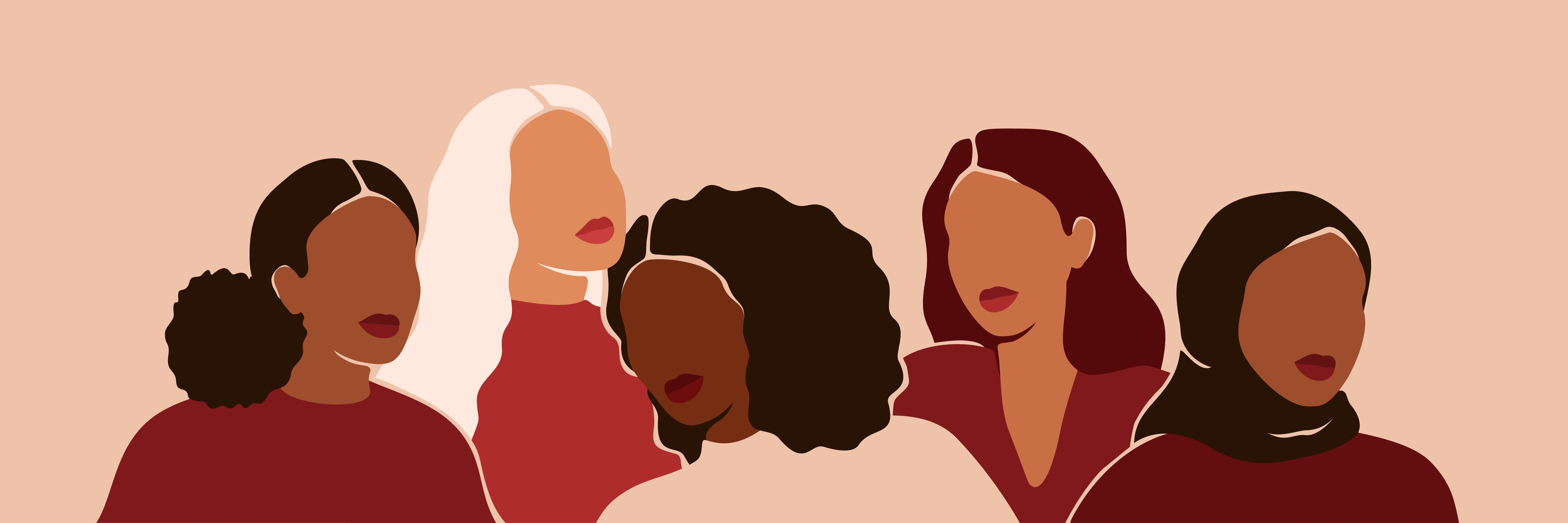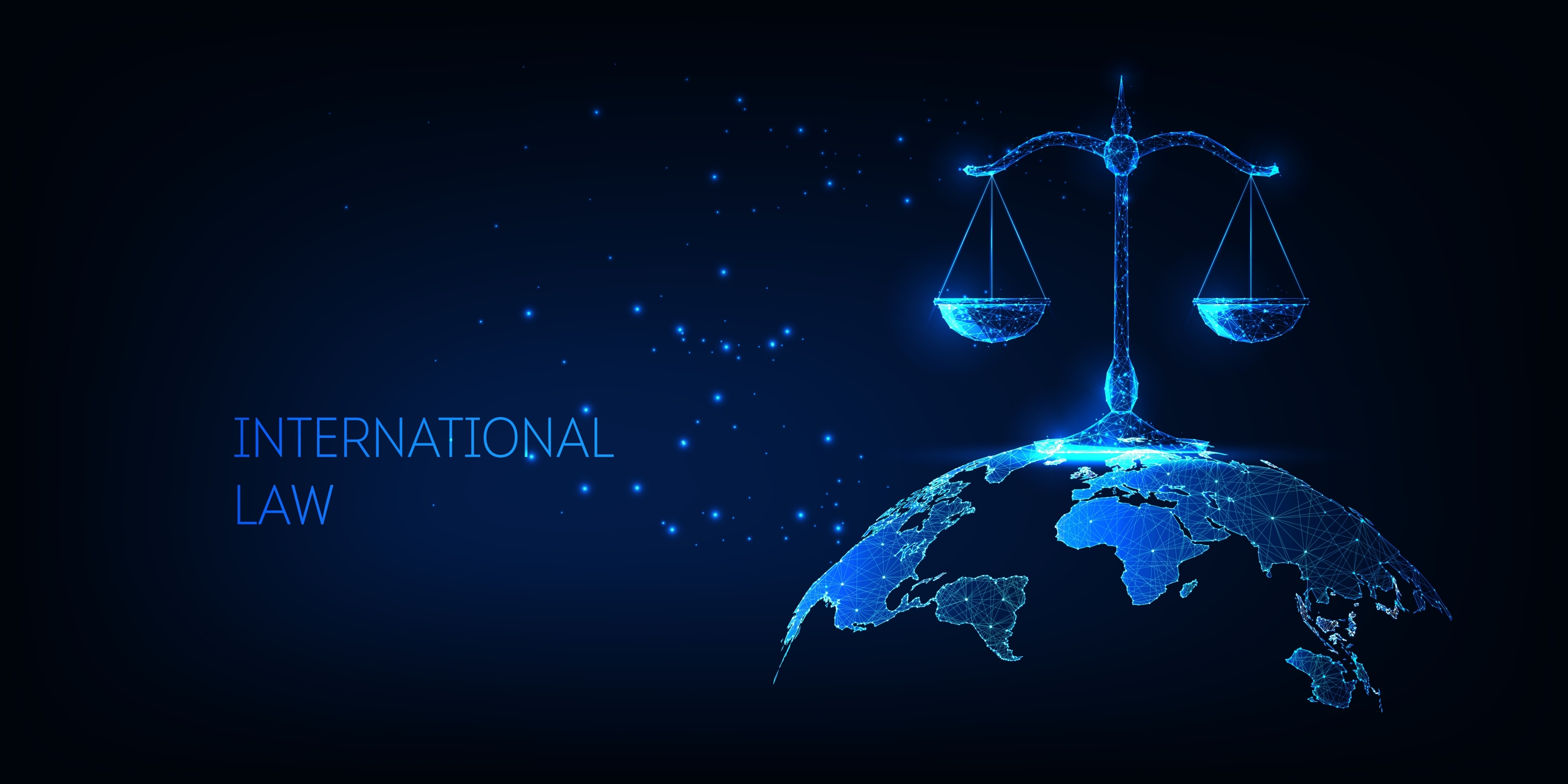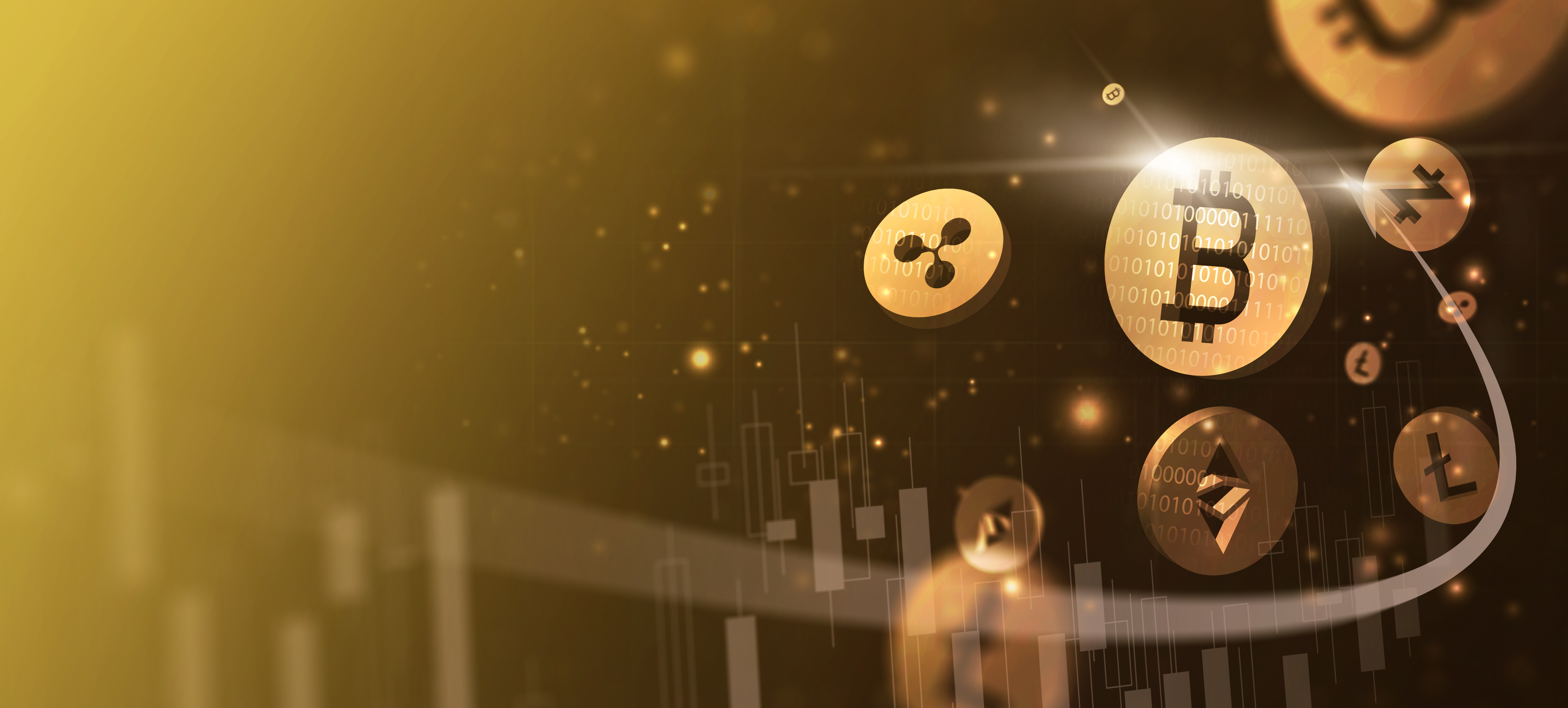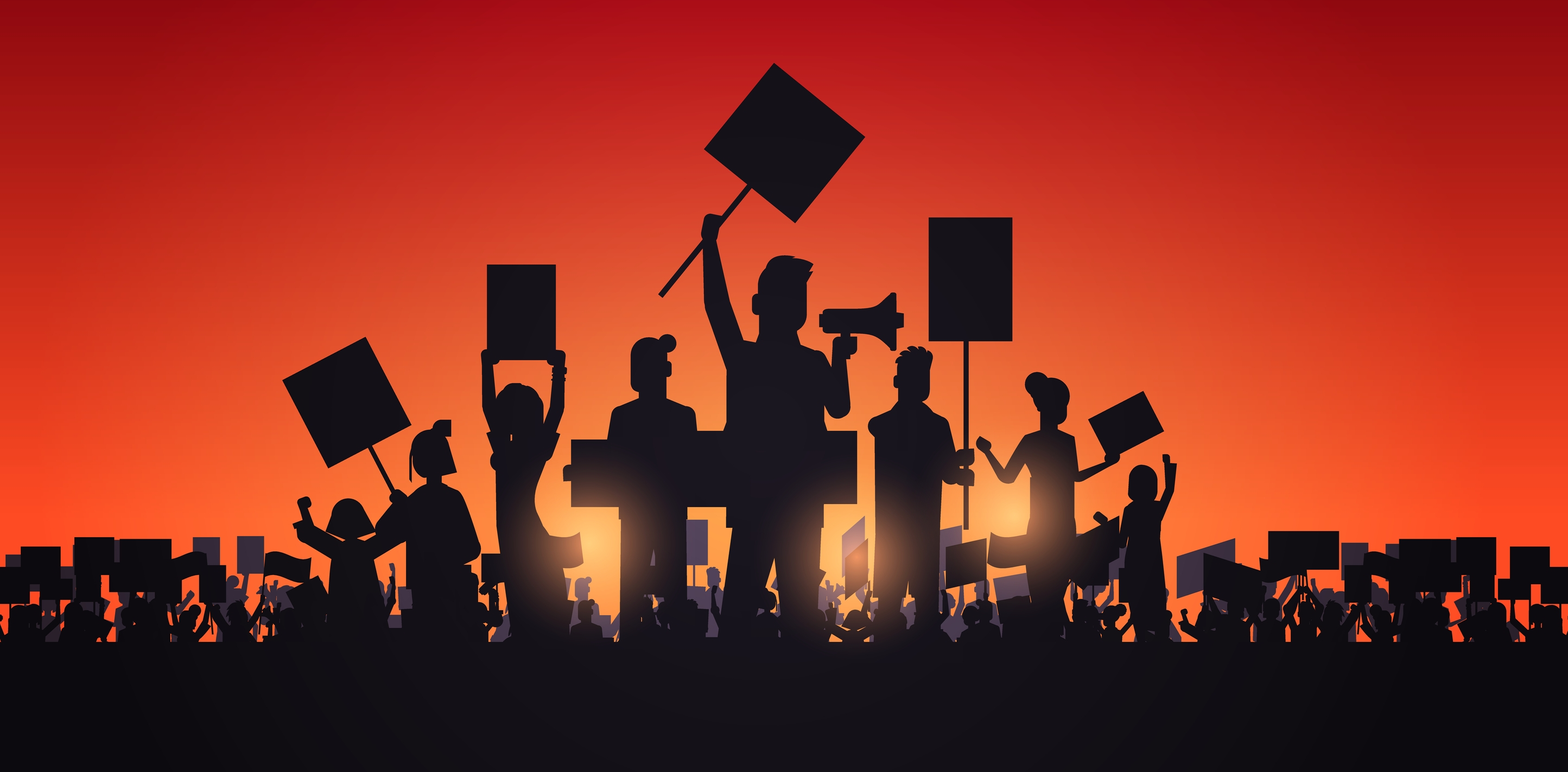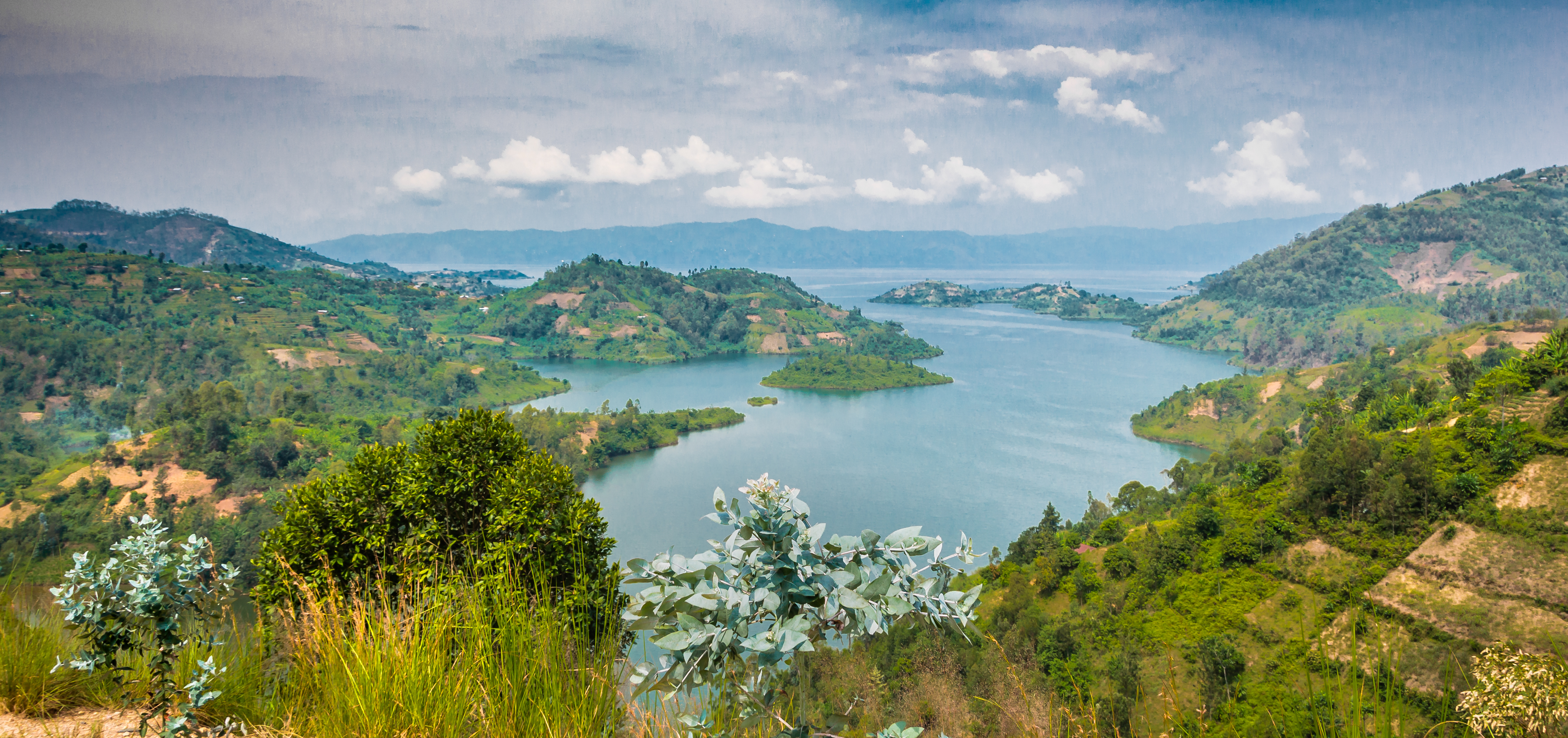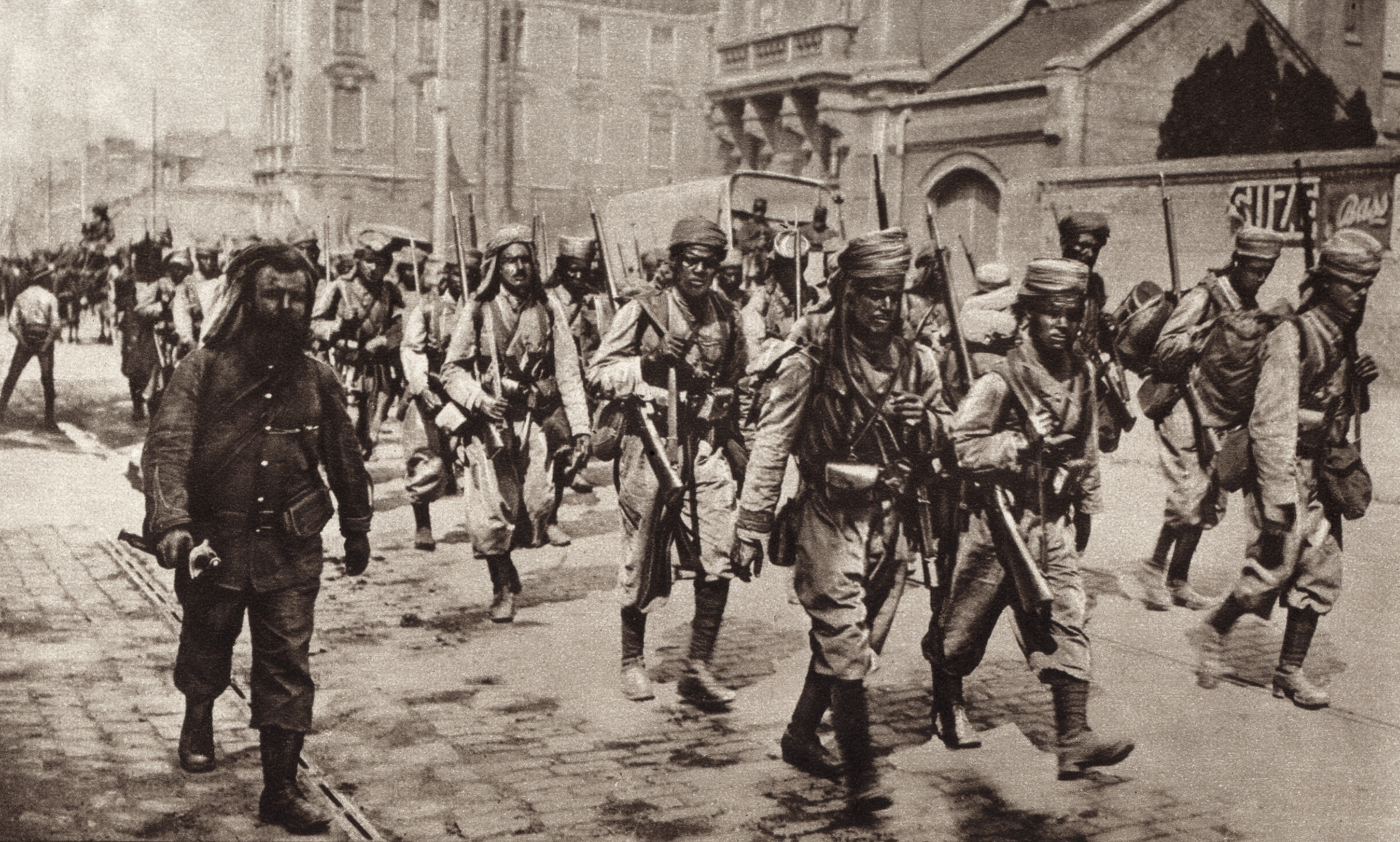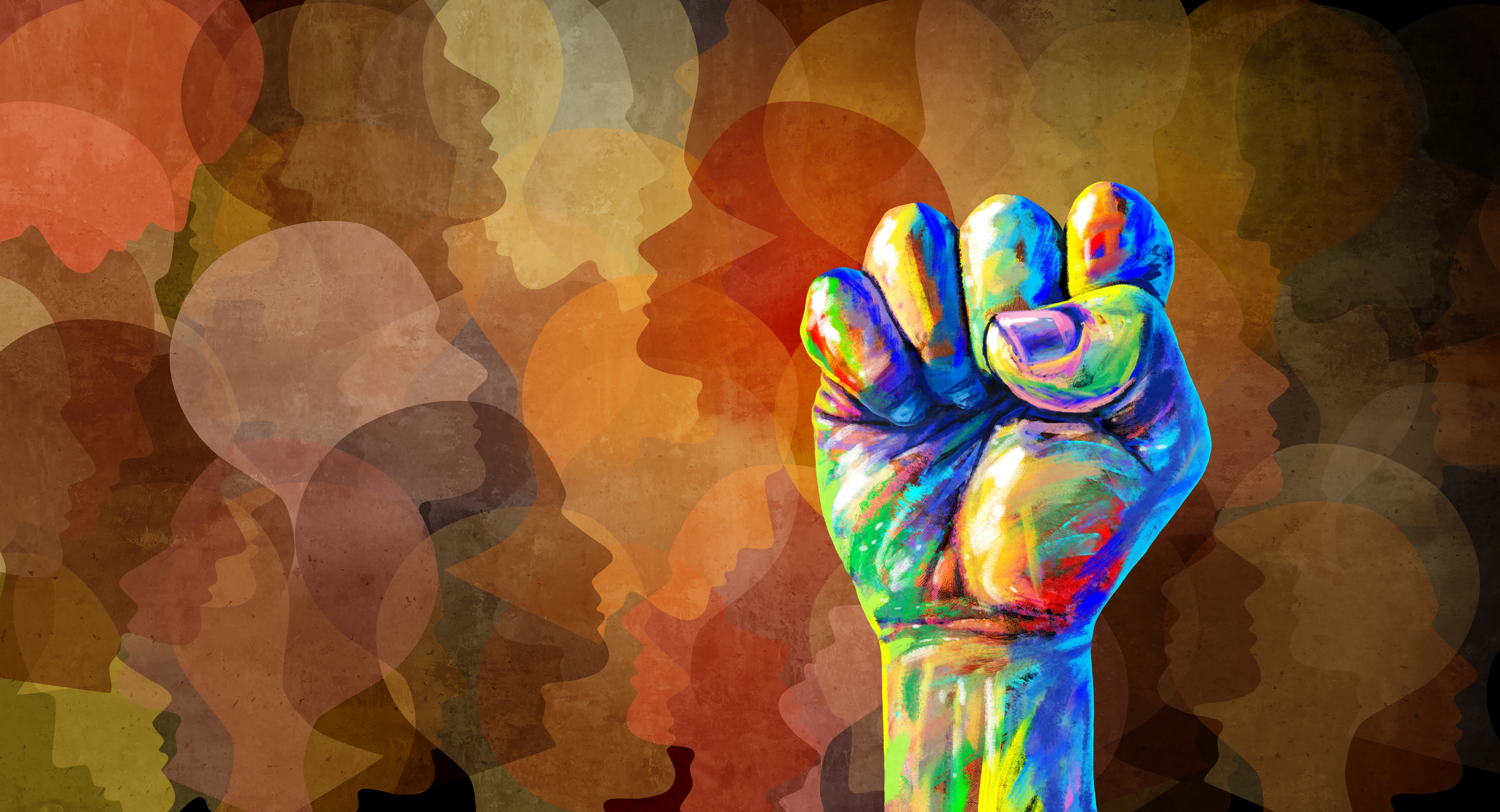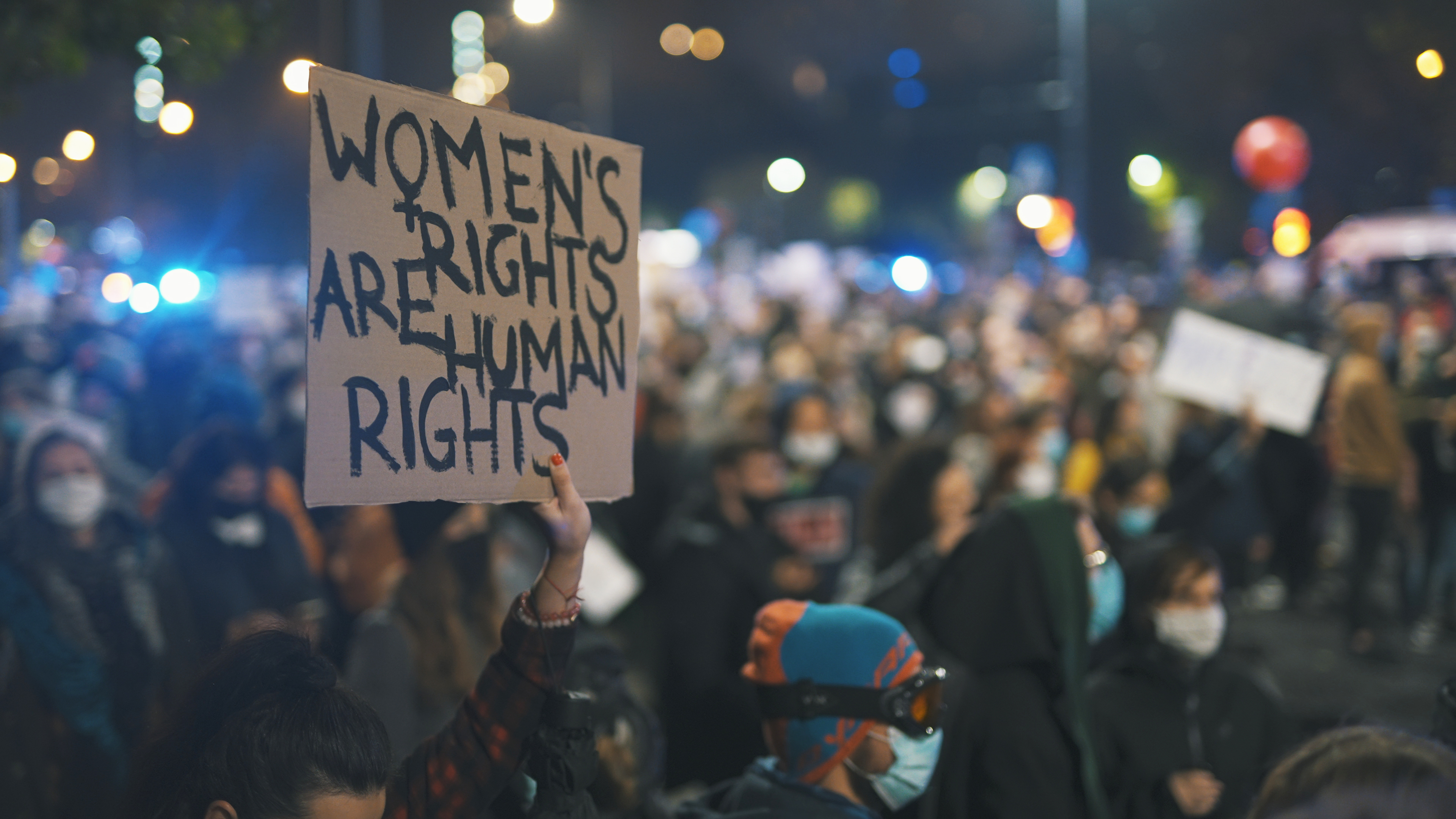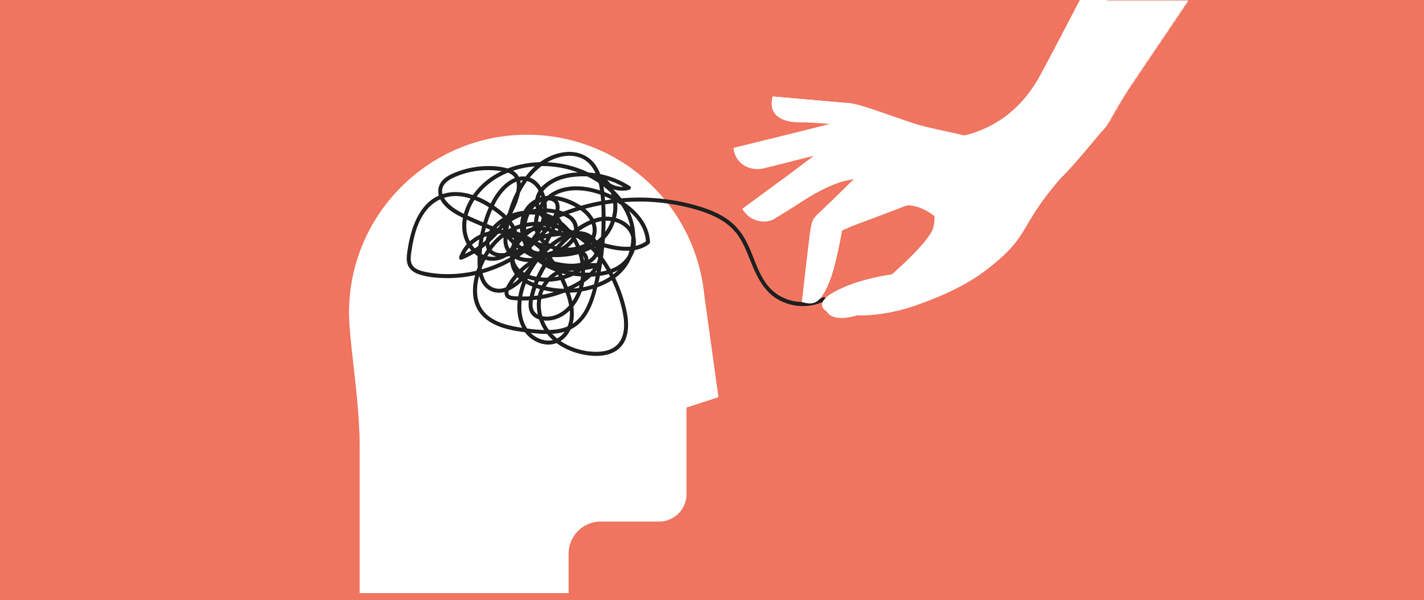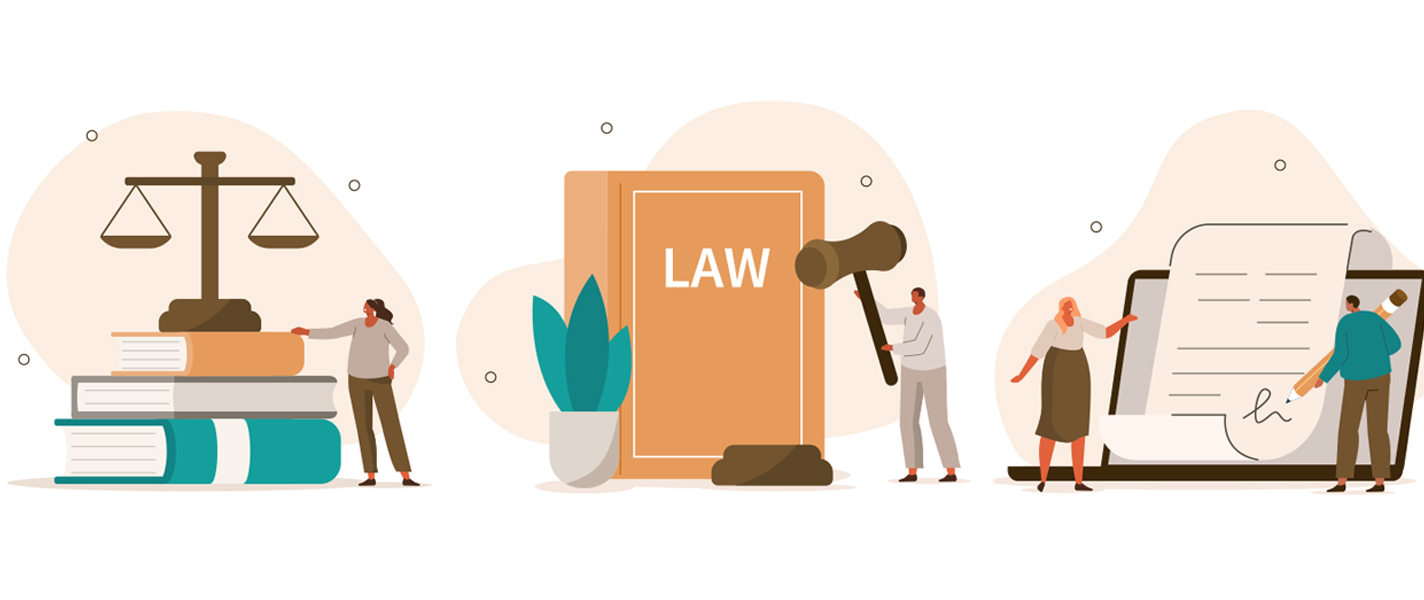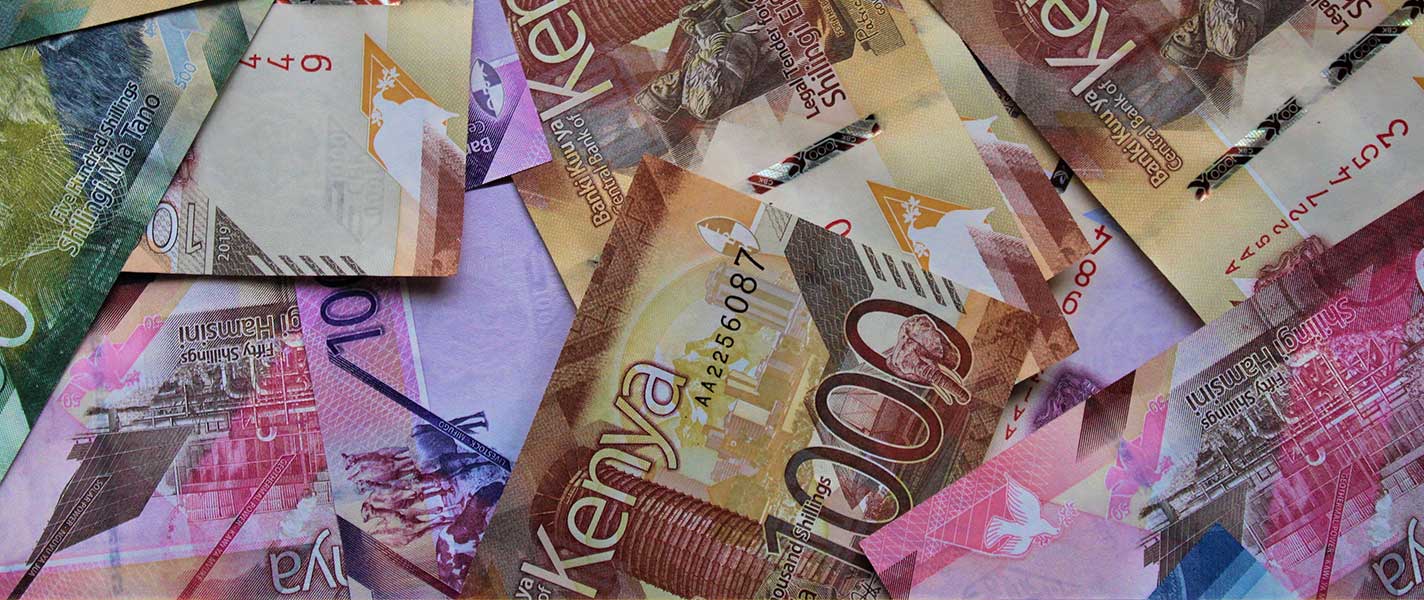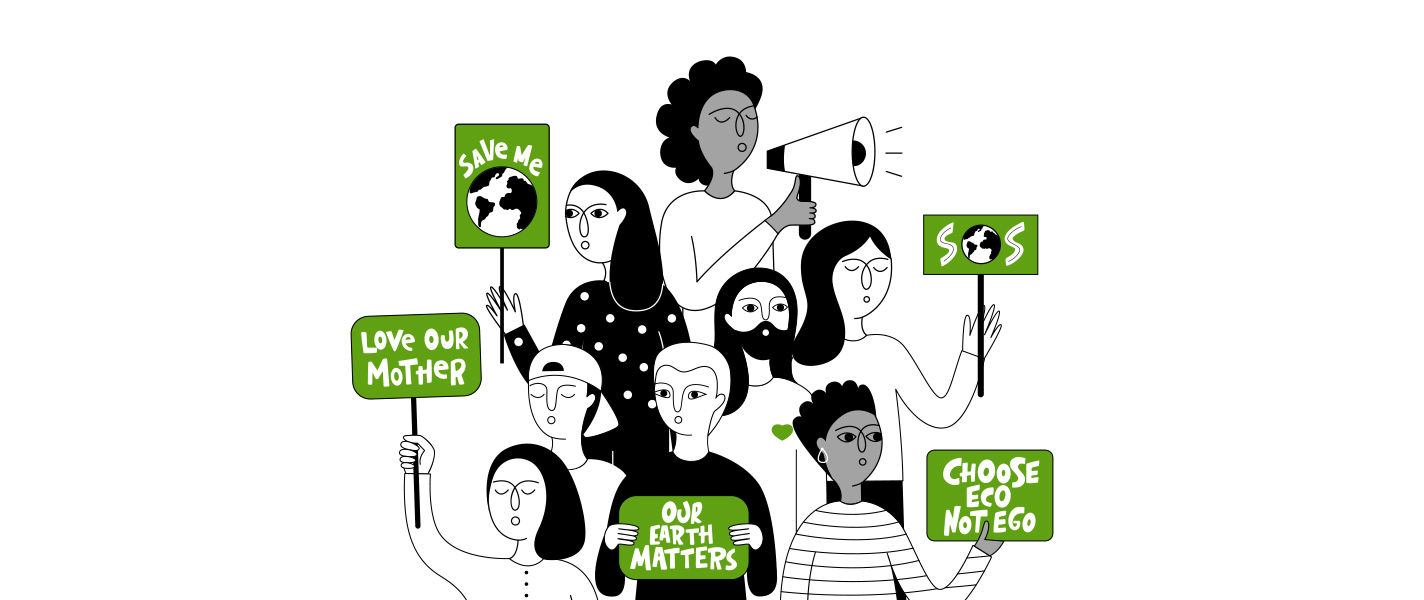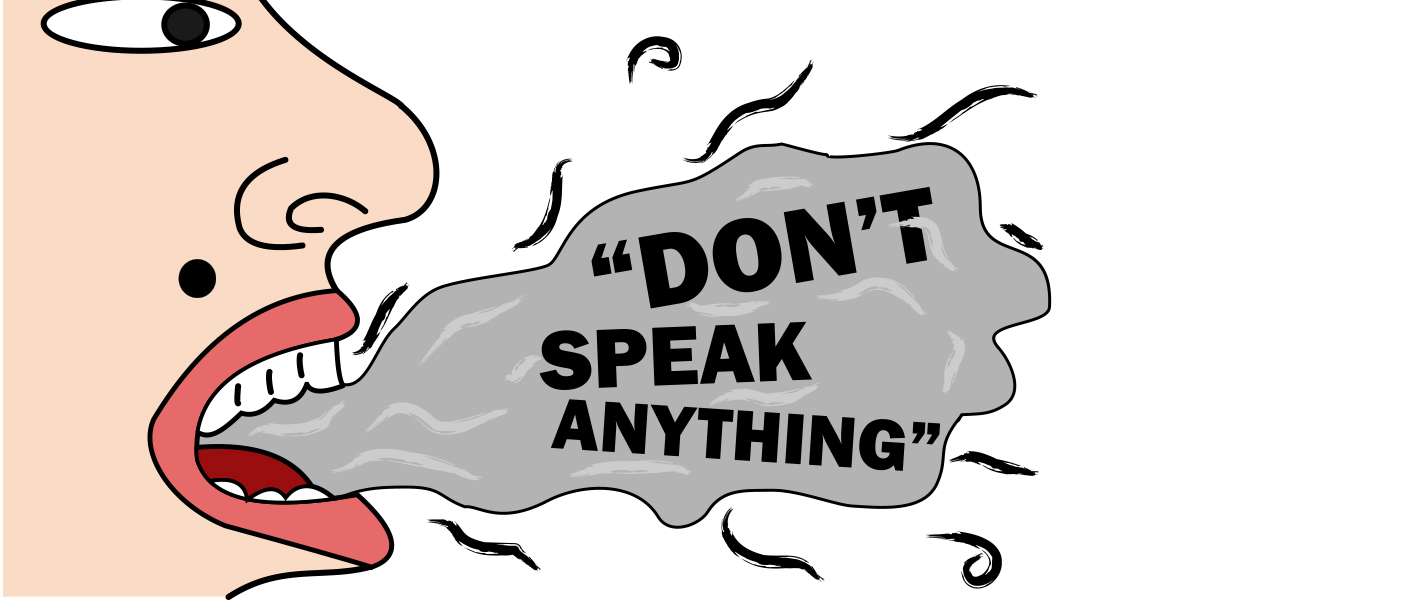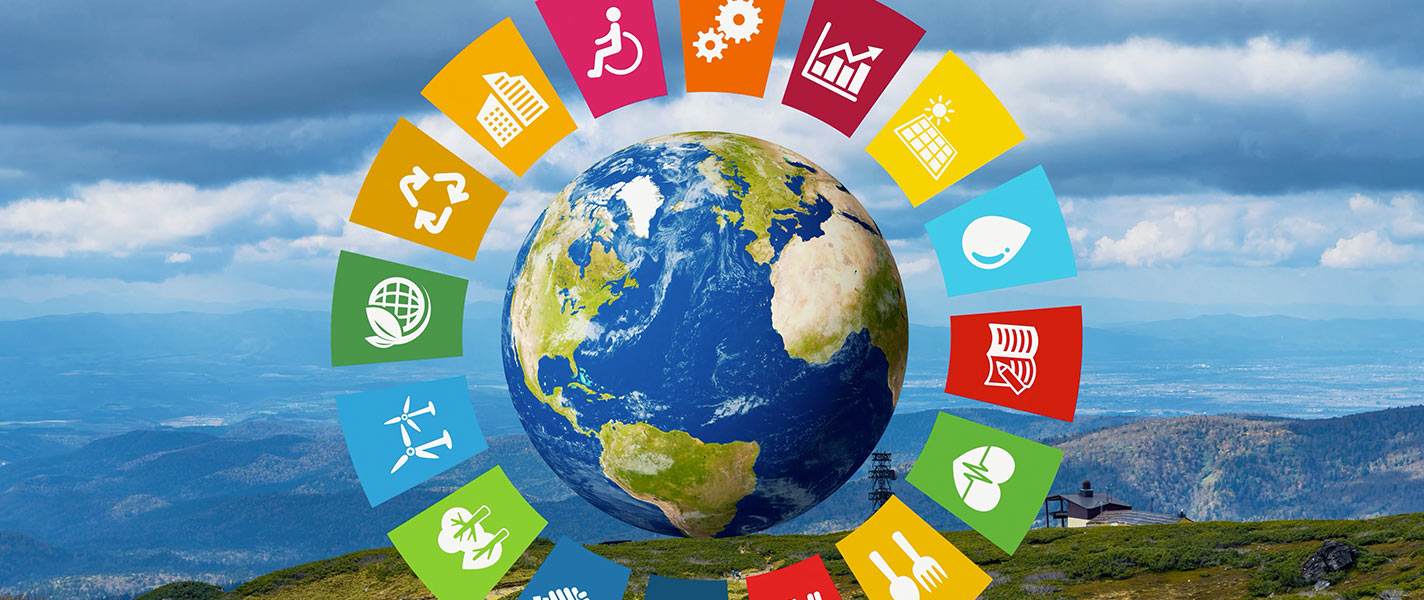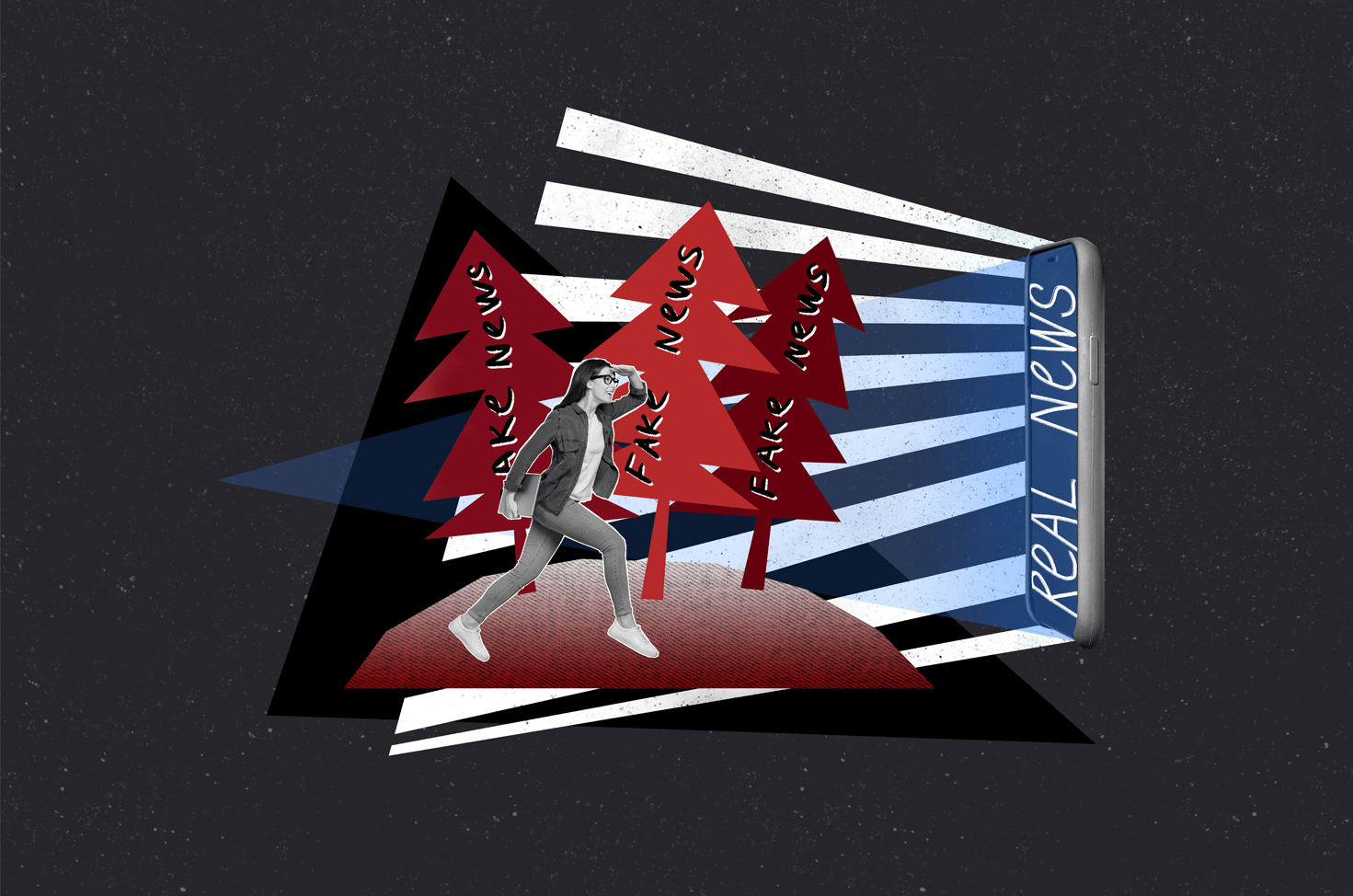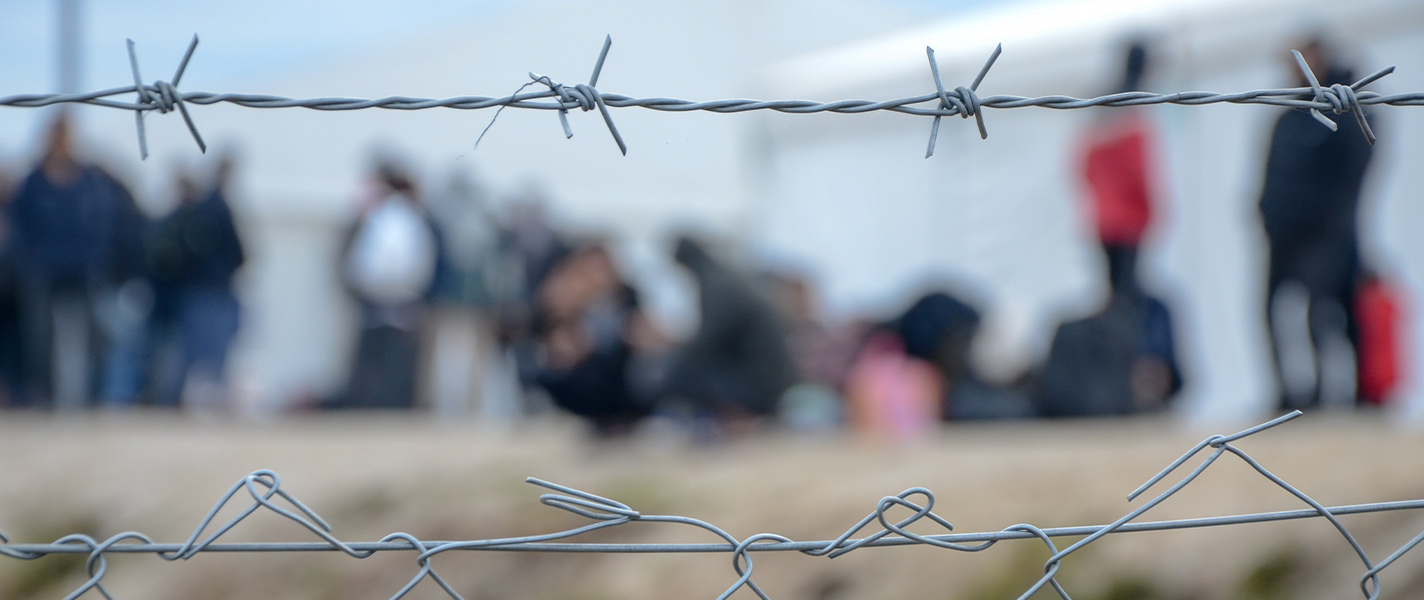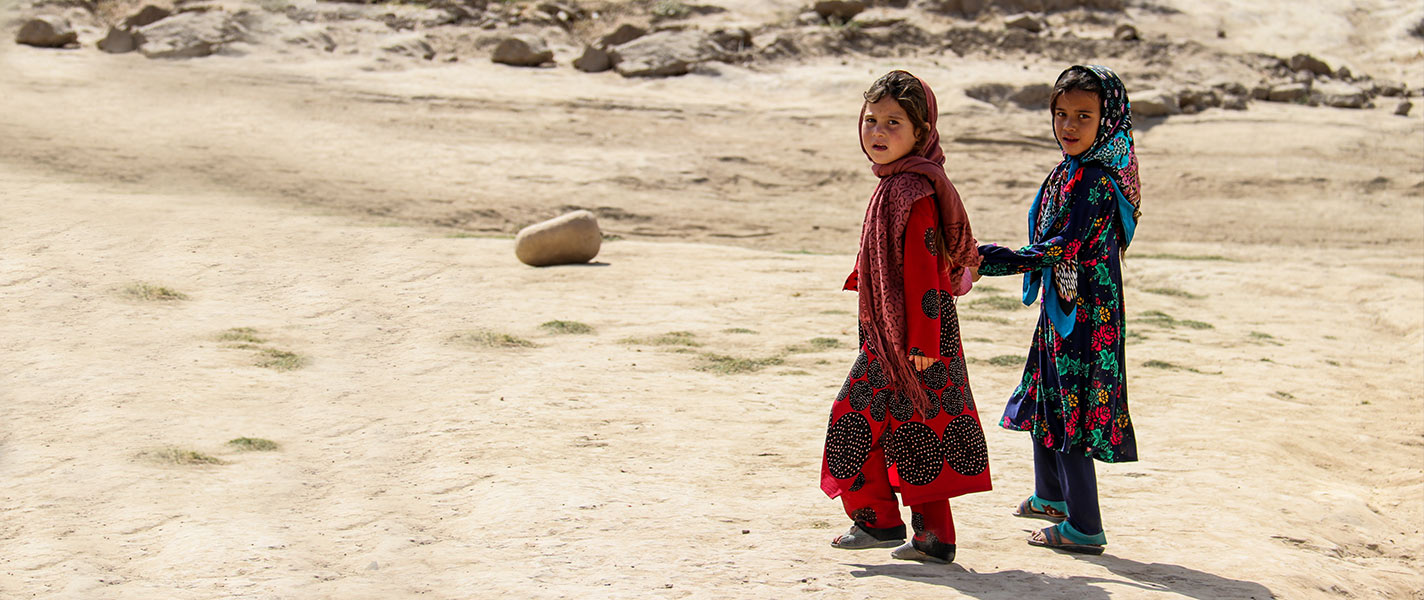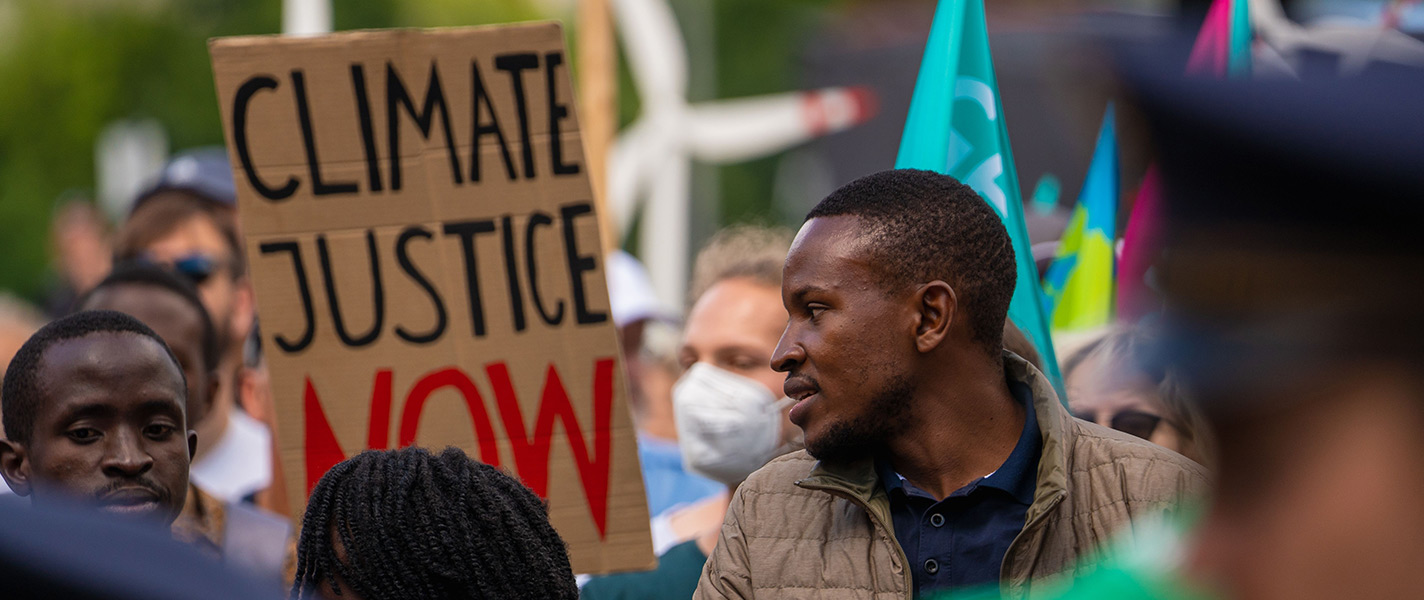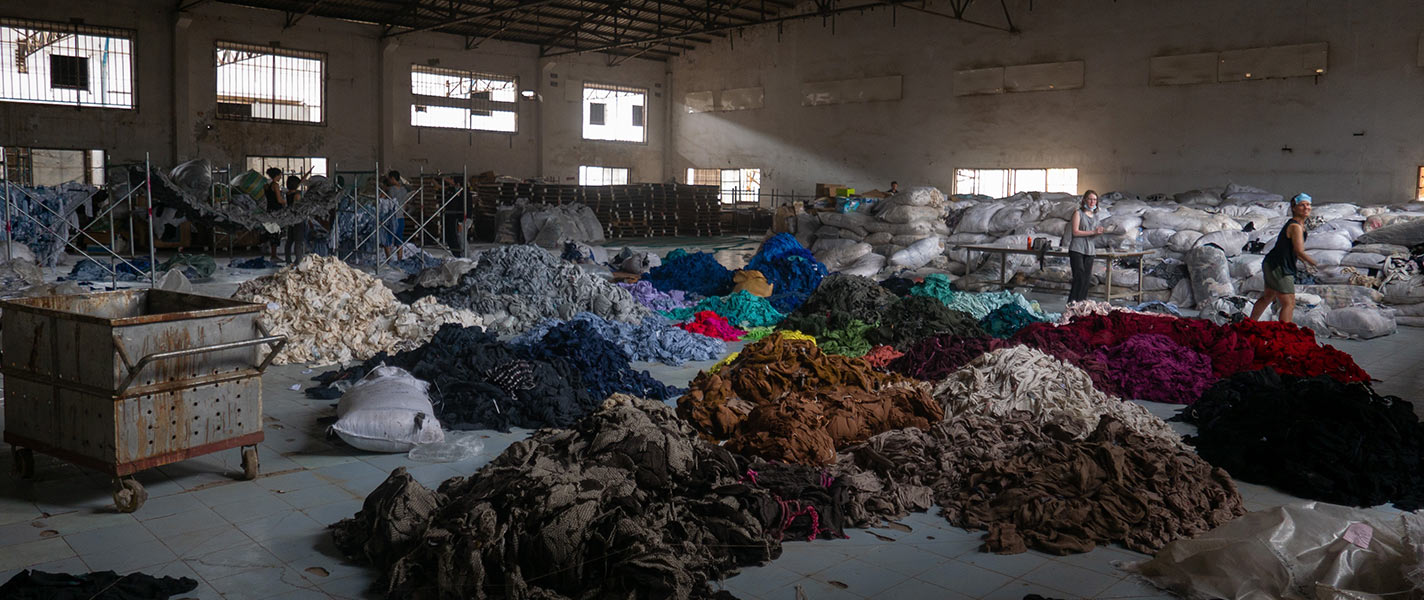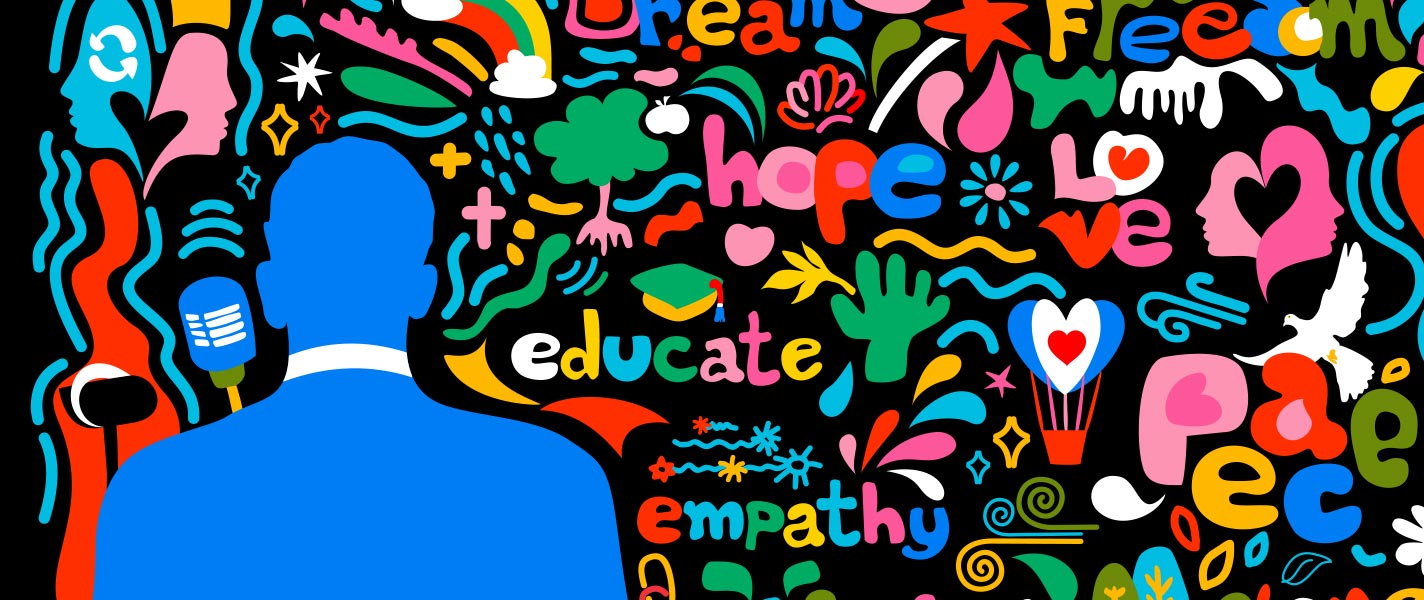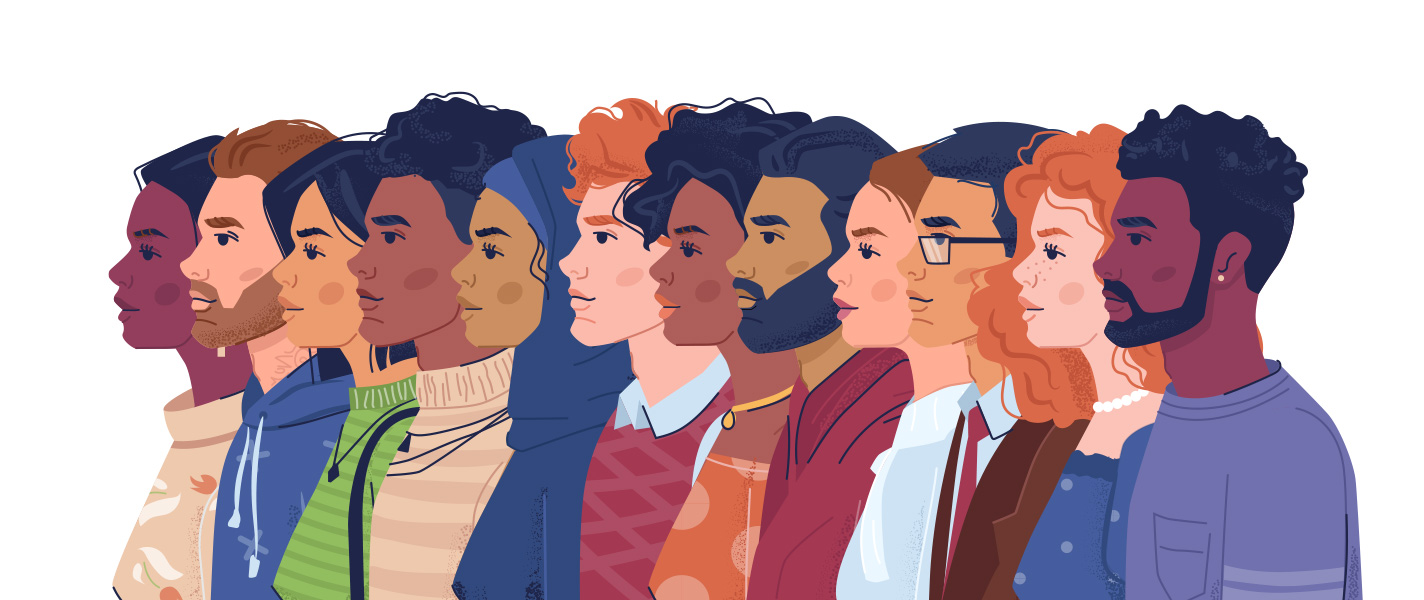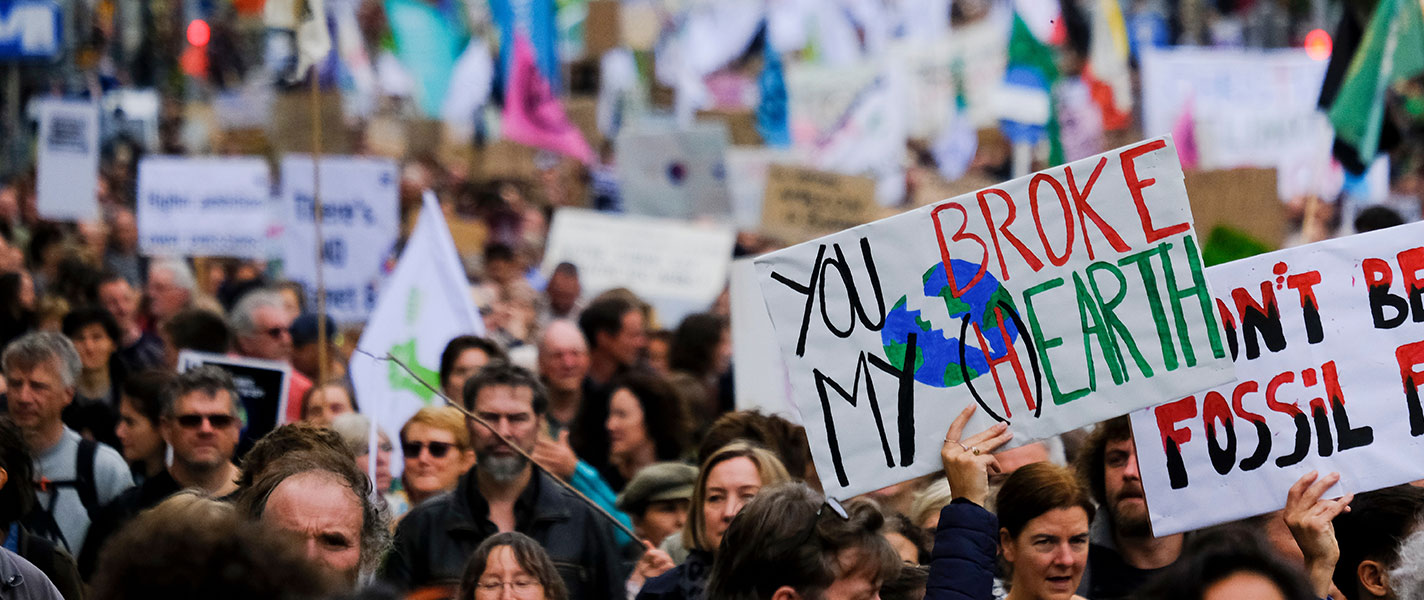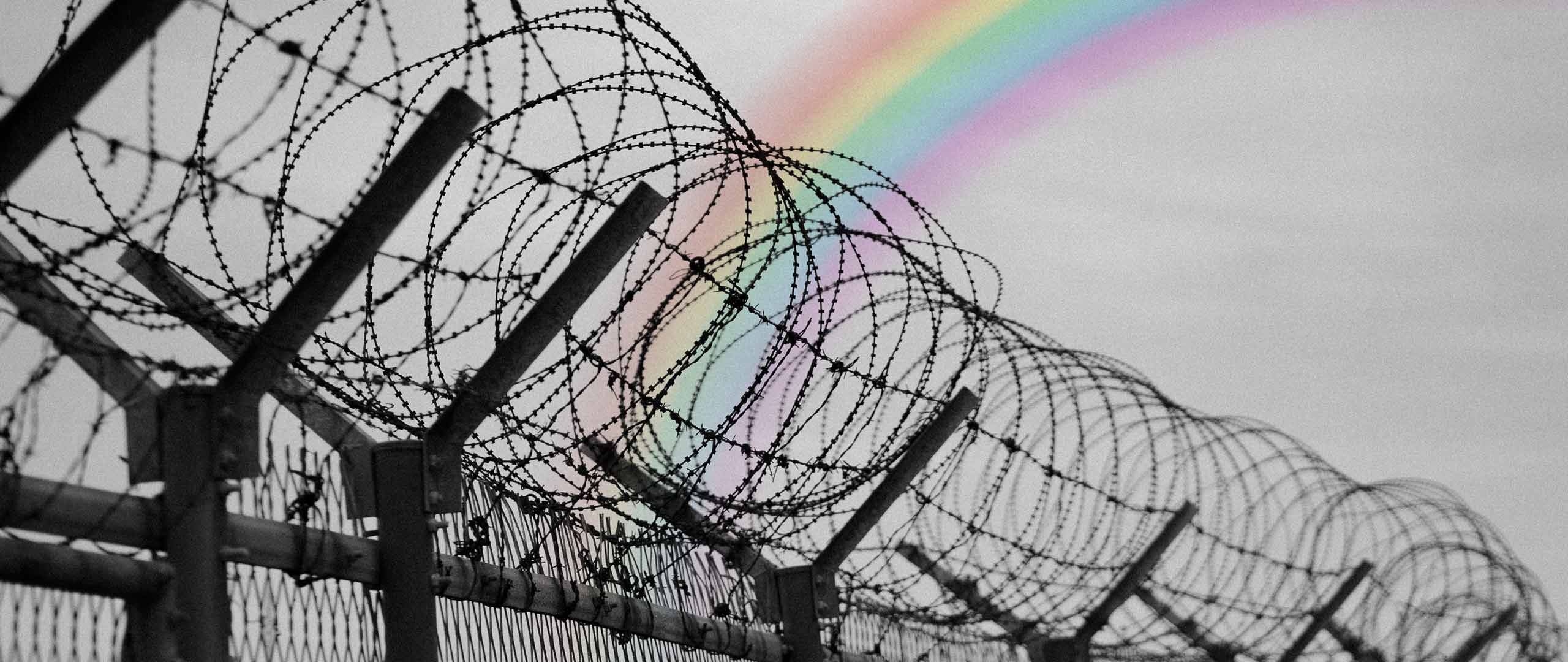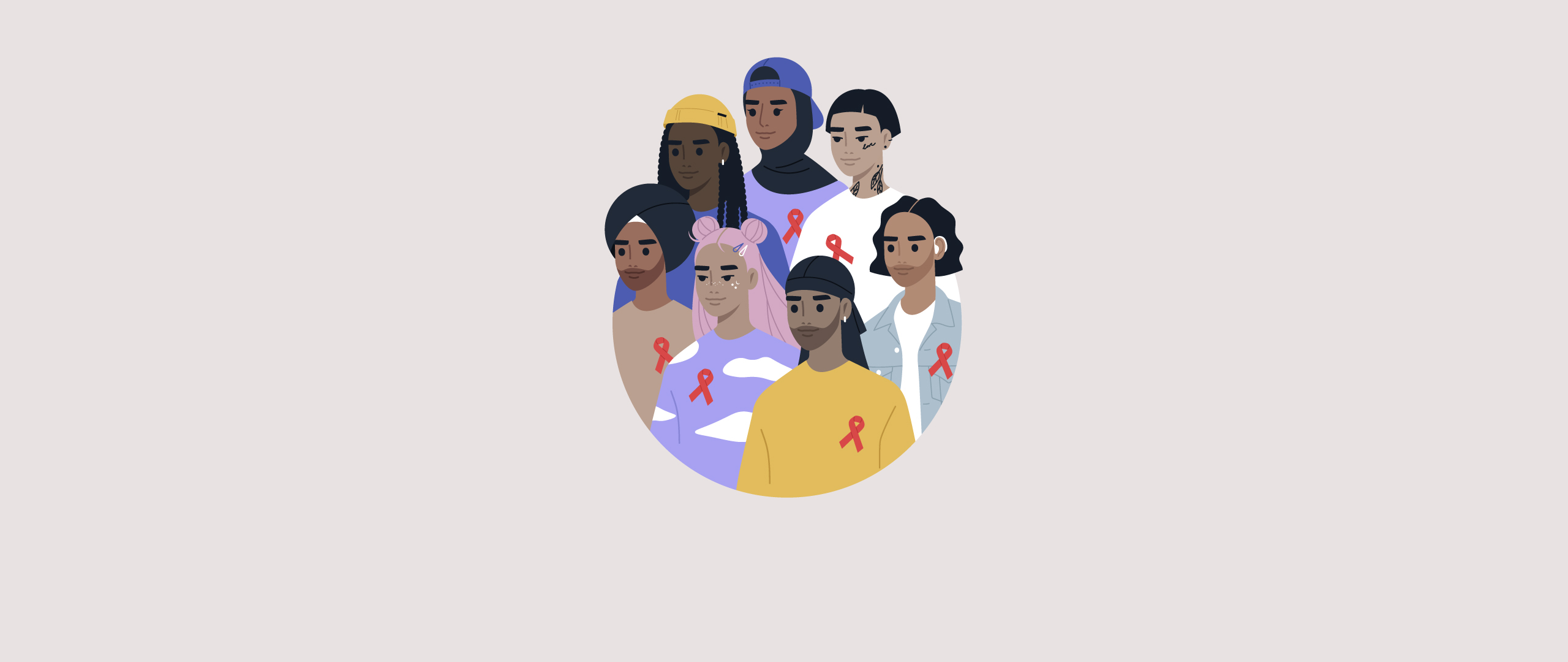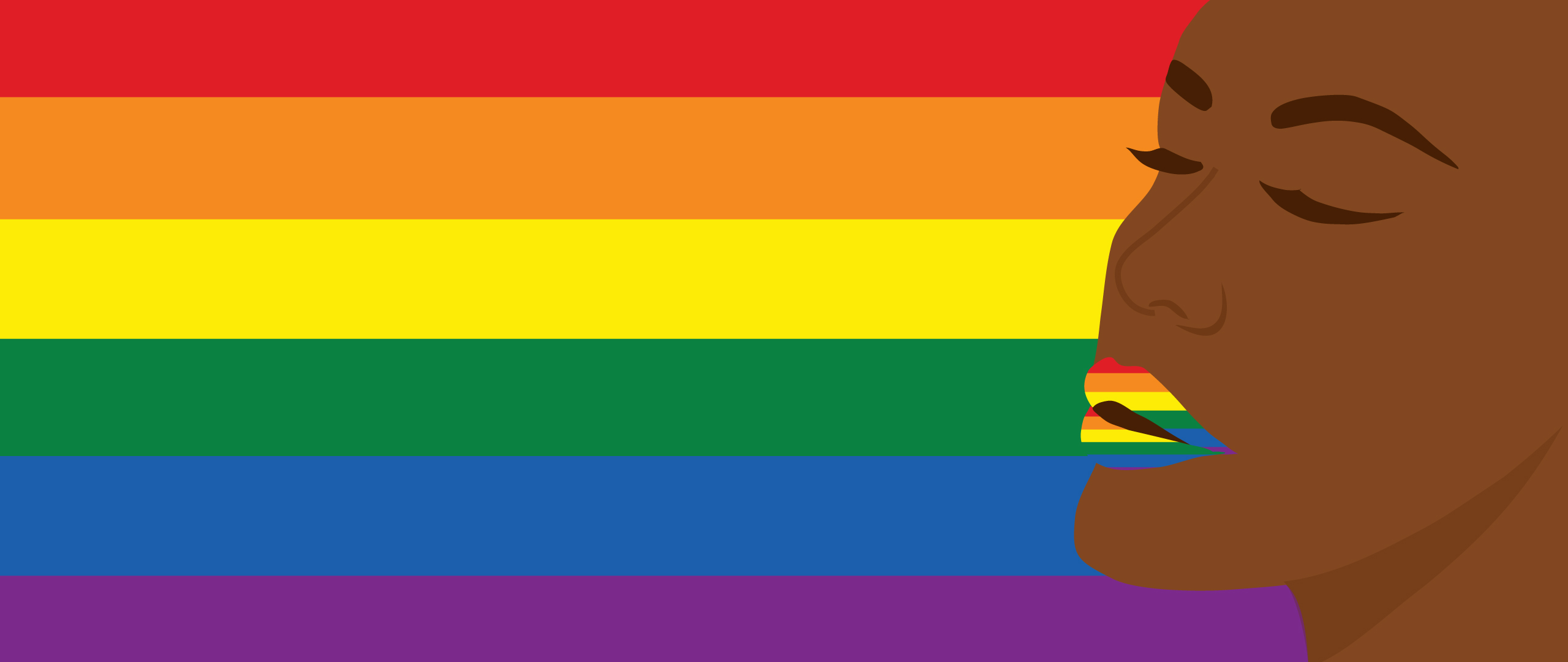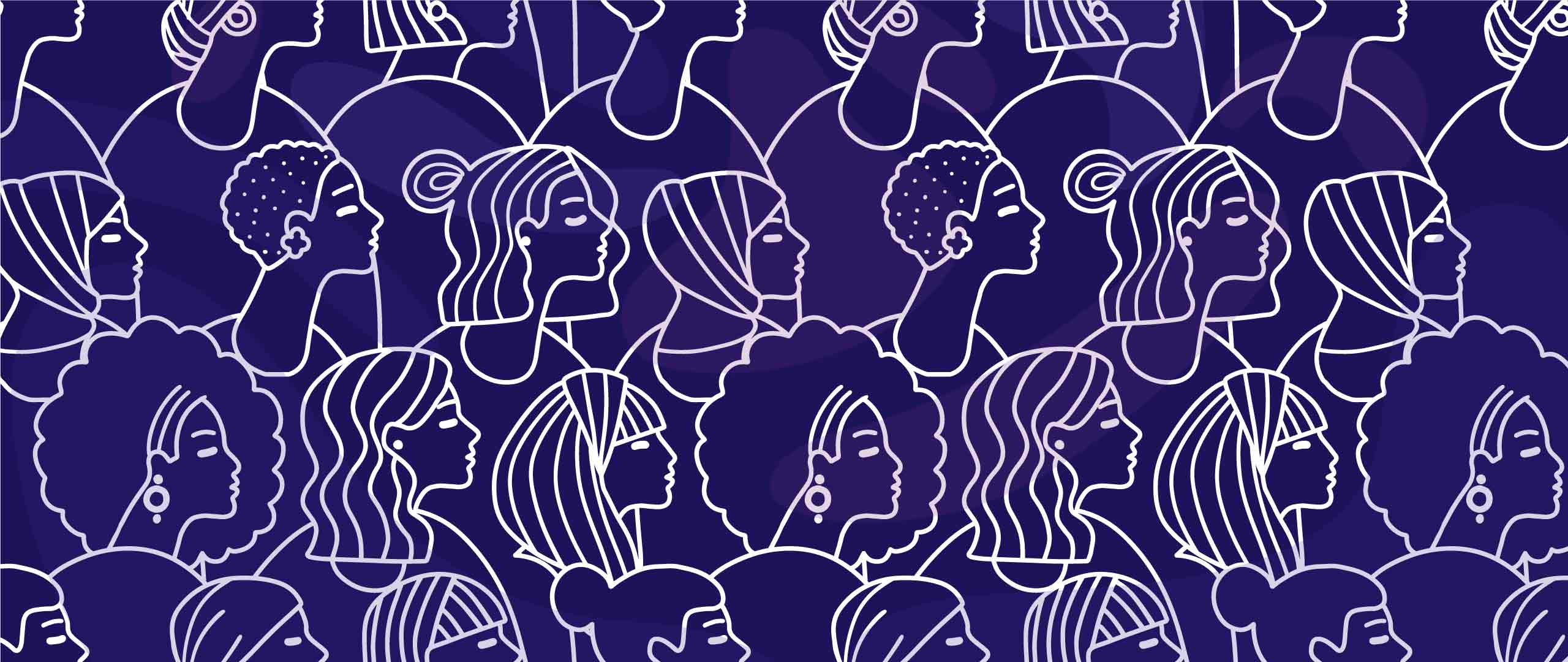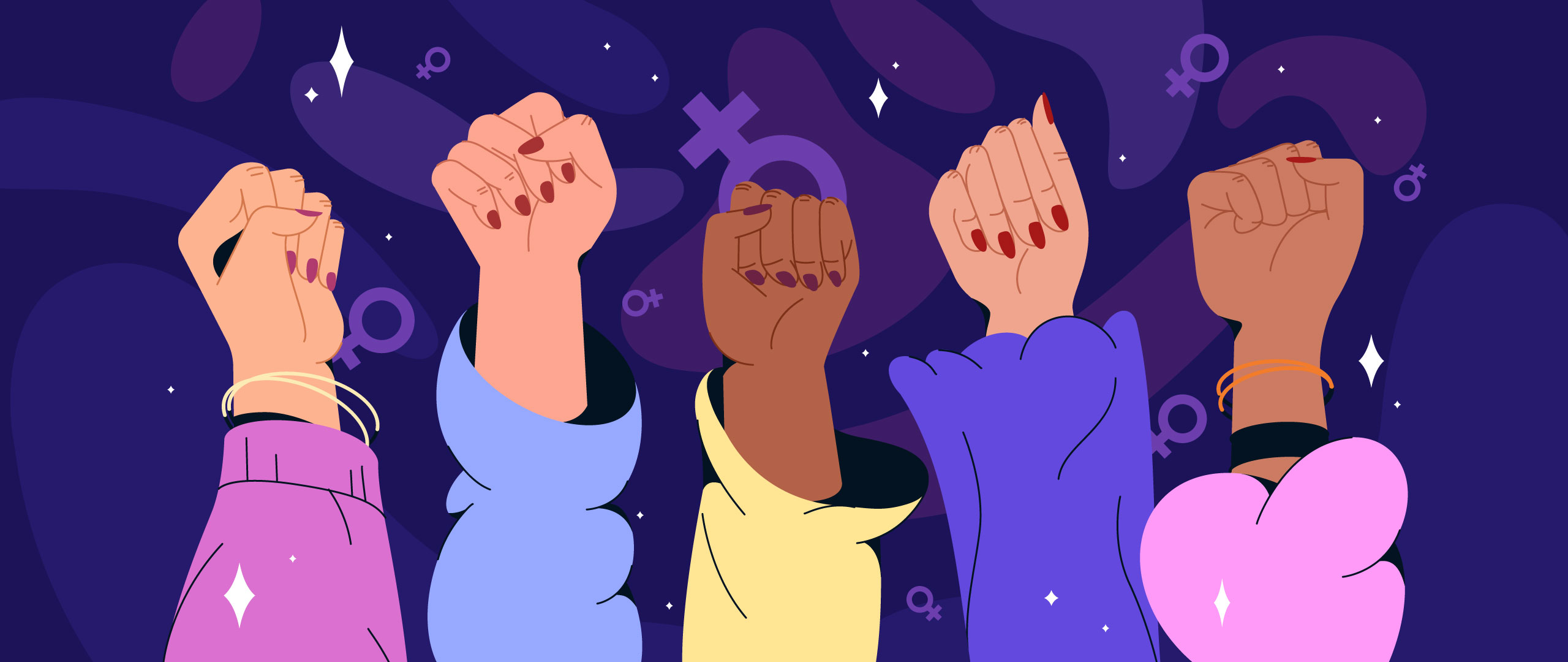The MENA Region's Cyber Activism and Its Transformative Impact on Political Realities
The dynamic interplay between technological advancement and socio-political consciousness has engendered an unprecedented juncture, wherein the participation of young individuals in Cyberactivism has become a pivotal force in shaping discourse, driving change, and catalyzing socio-political transformations, Ideas, and perspectives across borders and propagating over platforms through the virtual world, where a plethora of minds converge and connive in an interconnected realm with obtainable and emerging methods of communications. Such practices represent an exhilarating juncture for youth and the new generations to pledge and ensure their participation in cyberspace, which -in turn- has increased substantially in a broader spectrum owing to the advent of new digital technologies, particularly online social networking, including access to information and involvement in both formal and informal cyber-societies.
The development of new information and technologies fostering communication and opening the doors for faster transmission of data provided the young generations with the ability to participate and engage in civic movement mobilization and advocate and promote social change and reform. ICTs and social networking technologies are considered one of the most powerful tools for the numerous young people in the MENA region, particularly women and socio-political minorities who have been struggling to make their voices heard and to freely express their minds.
The fast-evolving landscape of the media in the MENA region:
Despite being a neo-modern practice, the internet and the whole concept of Cyberactivism represent an opportunity for North Africa in particular to dodge the conventional restrictions and break the chains of the real-life tangible censorship of their autocratic regimes that might even evolve into imprisonment or prosecution. Notably, Cyberspace has been the first drop and the gateway for technology-literate generations that allowed them in the process to voice their beliefs, ideologies, and political criticism with unflappable confidence.
Furthermore, starting from the mid to late 2000s, young cyber activists in the MENA region started using state-of-the-art communication techniques to better explain and advocate for their ideologies and counter-measuring their political system. These practices sought to expose the injustices and abuses that sovereign MENA countries inflicted on their citizens.
Overcoming distance..generating opportunities:
Cyber activists across the Arab world have strategically and effectively adopted these new forms of media as methods and means to consolidate their sense of power, understand how to interact with governments, make the best use of their resources(albeit being limited), and create a resisting mechanism in a way that allows them to ensure that they achieve the sought-after outcomes.
Cyberspace allows activists and members of society to simply overcome geographical boundaries using the internet and social media gateways, which brings dispersed activists into one online space for political networking and activism.
In Tunisia, citizens are still ‘trapped’ within an intractable cycle of recurrent protests that have persisted since 2011, directed against a succession of divergent and under-achieving governments. These persistent and recurring manifestations of dissent initially started within cyberspace and the different social media platforms, which notably lack a tangible police presence or physical barriers to impede the articulation of collective efforts. Furthermore, Tunisian citizens created their own checks and balances system through Cyberactivism, where heavy criticism and profound scrutiny were exercised upon every Tunisian government, enforcing therefore the public will.
Moreover, taking the example of Iran’s most famous raising awareness campaign, where the hashtag #mahsaamini was tweeted and retweeted over 300 million times in the first 30 days post-mortem, which forced in the process the Irani government to resort to severe measures to counter these movements both on the streets and the cyberspace alike. The magnitude of the campaign was impactful enough to reach international consciousness, hence transforming what was envisioned to be an easily contained protest into a worldwide resistance movement through which Irani people received international support that allowed them to voice their concerns and shed light upon the governmental violations, gender-based violence, and the entire tyrannical regime.
November 2021 witnessed the birth and rise of the #تسقط بس protests in Sudan, where citizens found a safe space allowing them to denounce the oppressive military forces governing the country, This slogan has been in the top 3 hashtags for over 6 months and was used as an update mechanism for the citizens allowing them to be more organized and implemented well-structured movements against the regime.
Additionally, social media platforms and cyberspace have also empowered the Hirak movement in Algeria, which solidified millions of people weekly; women and youth, who represent over 60% of the Algerian population, made significant contributions to the movement. In addition, Greater public participation was encouraged by its decentralized online activities on Facebook and other platforms. The Hirak movement was the main reason among numerous others that led to a radical political change in the Algerian government and its entire structure.
The limits of Cyberactivism:
Despite the pivotal role of Cyberactivism in MENA region countries, the limitation of this approach stems from the concepts itself, considering that the impact and outcome of Cyberactivism are deemed limited due to the narrow and restricted long-term impact and political change. Additionally, Middle Eastern and North African (MENA) authoritarian regimes have adopted several means to counter social media protests and Cyberactivism to limit and control these movements and keep full scrutiny over the dissemination of information, For example, in Jordan internet users can be prosecuted under the Anti-Terrorism Law No. 55 of 2006, which limits their freedom of expression and criticism of their regime or even for “disturbing relations with a foreign state.”
Not only that, but MENA countries’ governments also adopted new regulations in their attempt to have more control over social media and cyber activists, through filtering and censorship, surveillance and spyware, propaganda, and misinformation as well as arrests and crackdowns. Governments have been investing money and resources for understanding and controlling their people through their most valuable weapon ‘social media and cyberspace’.
Is the future bright…?
Due to the frequency of protests and the vicious circle of popular movements, their efficacy and significance have diminished, with governments in the process paying little to no attention to their people’s demands. It is important to understand that a shift of power will require more than online correspondence, meaning that social media is vital but not exclusive in effecting tangible political transformations, nonetheless, cyber activists and people resisting certain regimes must also get a full grasp on how to optimize advantages while eliminating associated risks posed by the internet, emerging media technologies, and social media platforms.
Transitioning from the paradigms of solid optimism and pessimism regarding cyberspace, adopting a pragmatic stance, characterized as a cyber-realistic approach becomes imperative.
The article represents the views of the blogger and not those of LEED Initiative.



